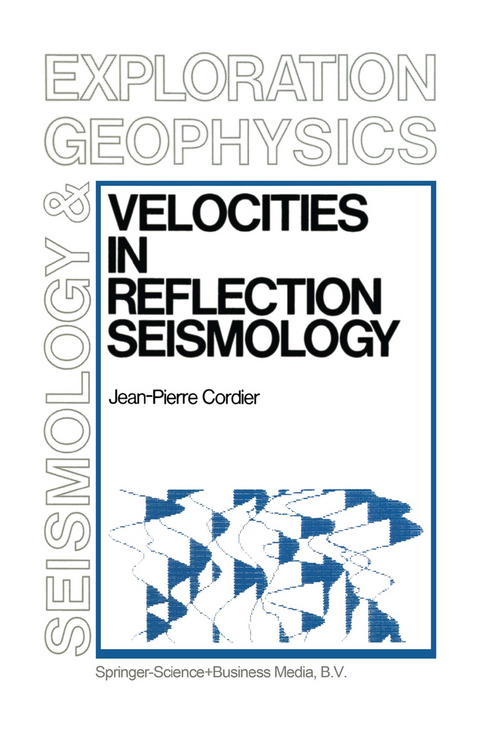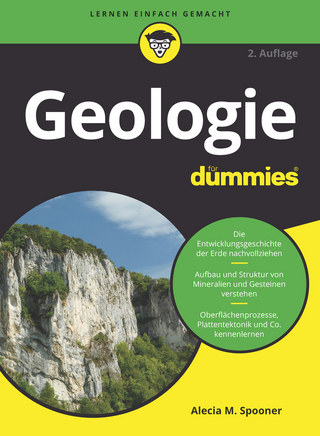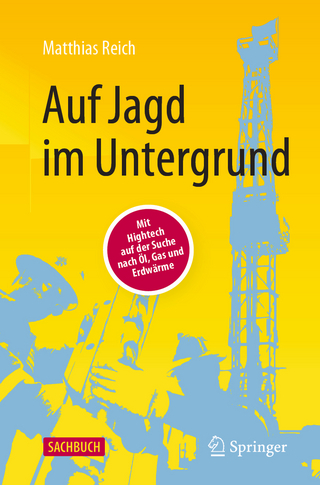
Velocities in Reflection Seismology
Springer (Verlag)
978-90-481-8416-3 (ISBN)
1: Basic Ideas on the Propagation of Seismic Waves.- 2: General Considerations on the Recording of Seismic Waves in Prospecting for Oil.- 3: Velocity of Seismic Waves. Relationships with the Theory of Elasticity. Variation Factors.- 4: Calculation of Travel Times of Seismic Signals, Definition of ?t.- 5: Measurement of Velocities in Boreholes. Sonic Logs. Seismic Surveys of Boreholes. Pseudo Velocity Logs. Transformation of Resistivity Logs to Velocity logs.- 6: Velocities in Seismic Reflection. Definitions. Principles of Velocity Analysis.- 7: Relationships Between Stacking Velocities and Root Mean Square Velocities.- 8: Relationships Between Root Mean Square Velocities, Average Velocities, and Coefficients of Heterogeneity.- 9: Investigation of the Influence of Dip on Velocity Analyses.- 10: Calculation of Interval Velocities.- 11: Velocity Analysis, Principles, Examples.- 12: Choice of Parameters in Velocity Analysis.- 13: Other Presentations of Velocity Analyses. Analyses along Horizons. Constant Velocity Stacks. Rapid Determination of Interval Velocities: G.S.I. (Geophysical Service Inc.) Graphical Method.- 14: Interpretation and Utilisation of Velocity Analyses. Accuracy Required and Causes of Inaccuracy. Advice on Positioning and Interpretation of Velocity Analyses.- 15: Influence of the “Velocity” Parameter on the Process of Migration of Seismic Sections.- 16: Studies of Velocities in Sand-Shale Series.- References.
| Erscheint lt. Verlag | 18.4.2012 |
|---|---|
| Reihe/Serie | Modern Approaches in Geophysics ; 3 |
| Zusatzinfo | XIII, 203 p. |
| Verlagsort | Dordrecht |
| Sprache | englisch |
| Maße | 160 x 240 mm |
| Themenwelt | Naturwissenschaften ► Geowissenschaften ► Geologie |
| Naturwissenschaften ► Geowissenschaften ► Geophysik | |
| Naturwissenschaften ► Geowissenschaften ► Mineralogie / Paläontologie | |
| ISBN-10 | 90-481-8416-9 / 9048184169 |
| ISBN-13 | 978-90-481-8416-3 / 9789048184163 |
| Zustand | Neuware |
| Informationen gemäß Produktsicherheitsverordnung (GPSR) | |
| Haben Sie eine Frage zum Produkt? |
aus dem Bereich


